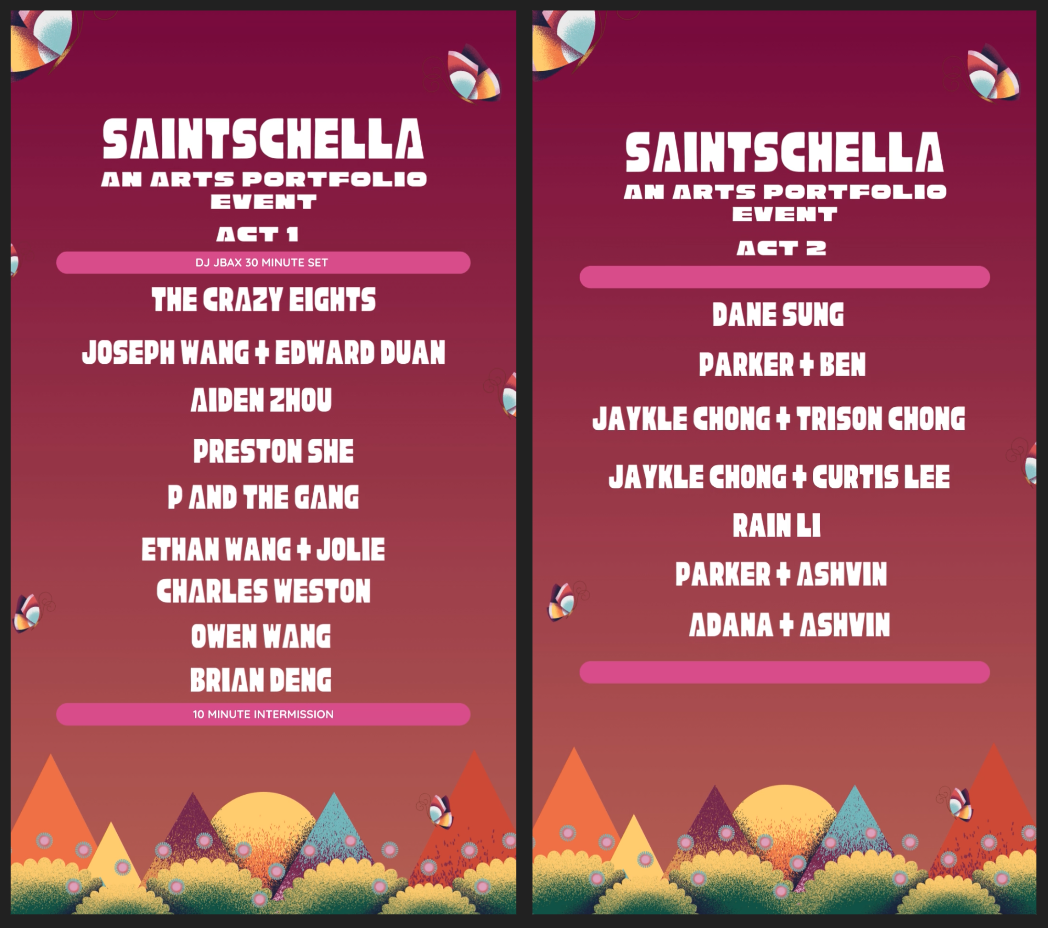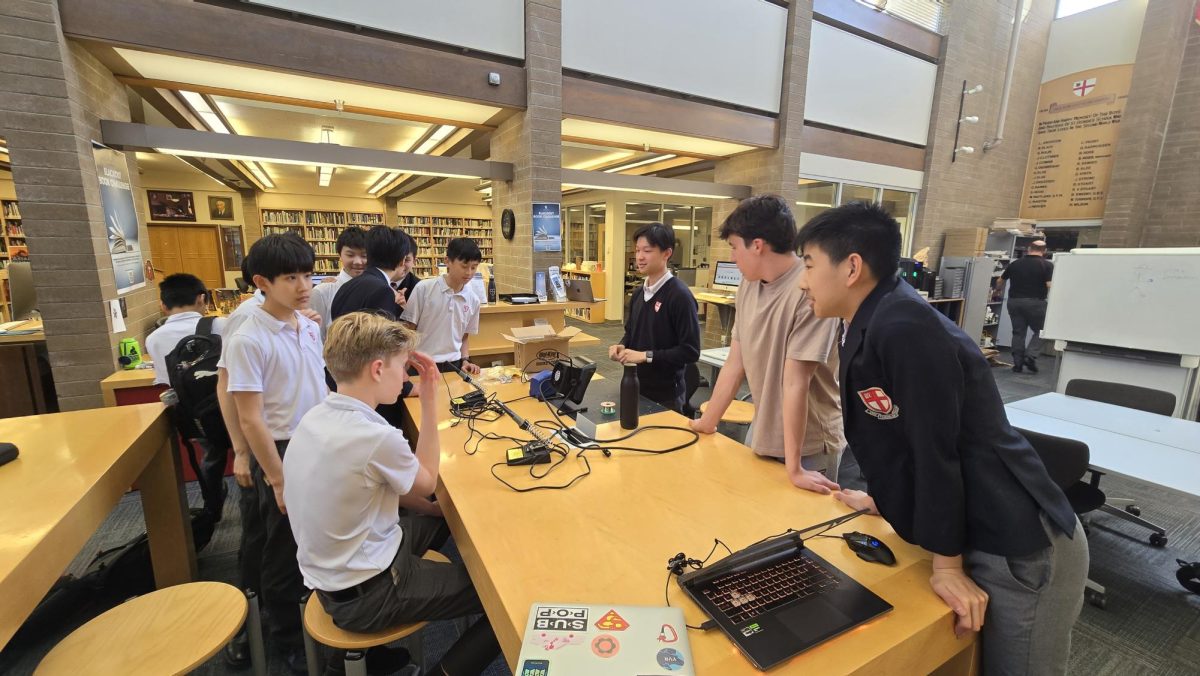“Hey what’s your Snapchat account? Let me add n’ snap you!” This was one of the hottest questions amongst students earlier this year.
What is Snapchat? It’s a photo messaging mobile application developed by four Stanford students. It is, by the developer’s definition, a “short-term photo sharing app.” What is that? Basically, when you take a picture or short video (under 10 seconds), you can send it to someone else and only allow them to see them for an amount of time you set (under 10 seconds.) You can also add a short caption and draw some doodles before sending it off. Not a particularly complicated app, but it has still stirred interest in the public.
It’s fast. It’s snap. Our society and technology promotes an “insta” lifestyle. We want to share things and see things, fast. And here comes the popularity of Snapchat!
Although not particularly well-made–it unexpectedly quits quite frequently and it’s sometimes quite difficult to actually find your friends–the small glitches cannot stop people from using the app to share moments with friends. So why do people use Snapchat?
“It’s a cool way to stay in touch with friends.” – Bill Lou, Grade 12.
“It’s just something quite novel and fun – I love saying hi to friends using Snapchat” – George Wen, Grade 11.
Contrary to how the public perceives the app (as being a sexting tool, a channel for sending less than appropriate content – the act of sending sexually explicit messages and/or photographs, primarily between mobile phones; Wikipedia), the Snapchat company itself attempts to create a positive image for itself. It insists that the app is simply “about the moment, a connection between friends, and not just a pretty picture.” The concept might sound appealing, but like other social platforms, the app itself still raises issues.
The app has stirred quite some controversy since its debut, especially regarding its security and privacy weaknesses. Although the developer claims that the photos will be self-destructed and deleted moments after their delivery, articles from media such as Forbes and Los Angeles Times reveal that the photos could still be accessed from the Snapchat server and from inner files of the user’s phone. Considering that the contents of these sent photos are sometimes questionable in their appropriateness (just look at the figures covered with mosaics on the bottom right of the above picture), the insecurity of these contents could jeopardize people’s trust in the application. Also, although the app claims to disable the screenshot feature on the phone (which defeats the purpose of instant photo sharing), it is still possible for the users to take a screenshot (if the user is fast enough) or take a photo of the screen from another camera.
Besides these issues and problems, Snapchat also raises some interesting phenomena. Have you ever had a situation where you wanted to show a snap you have received with your friends but the snap didn’t last long enough? (Look at the Vine video on the right hand side!) Or have you had a time where you read a snap from someone, couldn’t reply at the moment, but didn’t know what to reply because you’ve already forgotten what the snap was? These are some interesting situations raised by the short-term sharing nature of the product.
Last but not least, how could the Snapchat business make a profit in order to sustain itself and allow us to enjoy it as a free service? Snapchat to date has been known the “biggest no-revenue mobile app since Instagram.” Although the company started as part of the Stanford students’ project, it has grown too far that it is not simply a non-profit platform. Companies such as Taco Bell has already set up official Snapchat accounts that allows the company to interact with its customers through this new method. For instance, the company held a competition amongst its fans, requesting them to share the latest taco they have eaten. Although a novel idea, the business model once again raises issues as the winning contestants’ photo were shared on Taco Bell’s official Twitter account, defeating the short-term sharing nature of Snapchat.
Whether Snapchat will remain, we don’t know yet. But what’s sure is that the concept is still a popular exploit. Facebook has launched its own version of Snapchat called “Poke,” which allows users to share instant photos, messages, videos like Snapchat does. Although Facebook boasts a strong platform, we still have not seen a significant growth in people’s awareness and usage of this Snapchat replica.
Regardless of these controversies, there’s no doubt that Snapchat continues to grow and has become one of the latest novelties among youths. Snap – is this how we’ll chat in the next few years?















